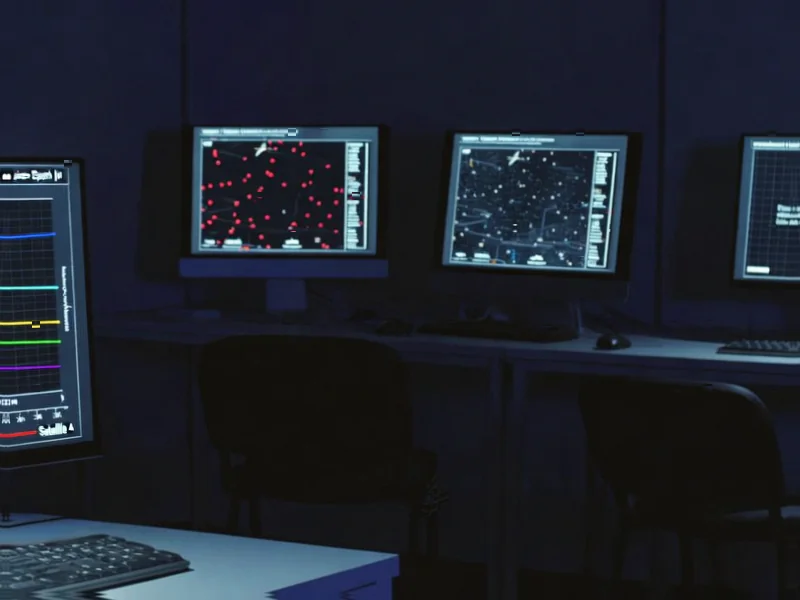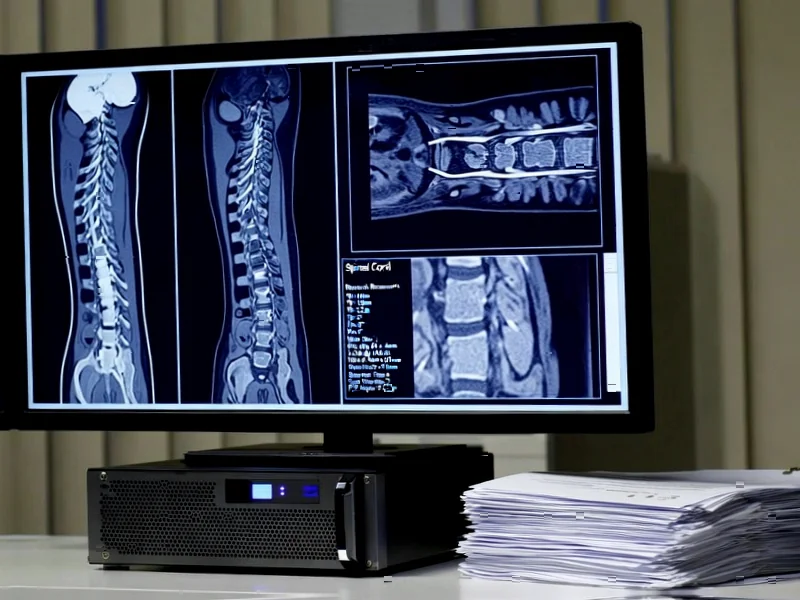According to SpaceNews, China’s orbital presence has grown from 36 satellites in 2010 to over 1,000 in 2024, with plans to field 4,000 hypersonic glide vehicles and 60 Fractional Orbital Bombardment Systems by 2035. The publication argues that current Pentagon procurement processes cannot match this pace, requiring urgent reforms including fixed-price contracts, competitive demonstrations, and modular open systems approaches. This analysis examines whether such reforms can realistically transform space acquisition in time to meet emerging threats.
Table of Contents
The Historical Context of Space Acquisition
The current procurement crisis has roots in decades of institutional practices that worked well during peacetime space operations but are fundamentally mismatched for today’s contested environment. The Space Force, established in 2019, inherited acquisition systems designed for the Air Force’s aircraft procurement timelines, where development cycles of 10-15 years were acceptable. This legacy system clashes with commercial space innovation cycles that now measure development in months rather than years. The fundamental disconnect stems from different risk tolerances – traditional defense acquisition prioritizes risk avoidance above all else, while commercial space companies embrace calculated technical risk to achieve breakthrough capabilities.
The Implementation Challenges
While the proposed reforms sound compelling in theory, their practical implementation faces significant institutional and technical hurdles. The shift to fixed-price contracts assumes a mature technology base where requirements are well-defined and stable, but many cutting-edge space systems involve technologies still in development. We’ve already seen the pitfalls of this approach with programs like the Space Based Infrared System and other major acquisitions that suffered from unrealistic initial pricing. The government’s own GAO study showing 12-year average timelines for major programs reflects deeply embedded bureaucratic processes that resist rapid change.
More fundamentally, the “show, don’t tell” approach requires the Space Force to develop new evaluation capabilities it currently lacks. Judging prototype demonstrations demands technical expertise that often resides in the very companies being evaluated, creating potential conflicts of interest. The transition to modular open systems approaches also faces resistance from legacy contractors who have built business models around proprietary systems and vendor lock-in strategies.
Commercial Industry Realities
The commercial space sector’s ability to deliver on promised reforms depends heavily on sustainable business models that many new space companies haven’t yet proven. While companies like SpaceX have demonstrated rapid innovation cycles, their success relied on substantial private investment and favorable market conditions that may not be replicable across all defense space needs. The emerging Space Based Interceptor program approach of requiring industry self-funding before performance-based awards could exclude smaller innovators who lack the capital reserves for such bets.
Furthermore, the commercial sector’s appetite for fixed-price contracts may diminish as companies experience the reality of defense contracting’s unique requirements, including extensive documentation, security compliance, and changing specifications. The historical pattern shows initial enthusiasm for reform followed by reversion to traditional models when complex programs encounter technical challenges.
Realistic Reform Timeline
The urgent timeline suggested – with potential conflict scenarios as early as 2027 – makes comprehensive procurement reform before that date highly unlikely. Major defense acquisition reforms typically take 5-7 years to fully implement, and the Space Force must navigate not only its own institutional resistance but also broader Department of Defense oversight requirements. The more probable outcome is incremental improvement rather than transformational change, with successful demonstration projects serving as models for broader adoption.
The Space Force’s small size and recent establishment give it advantages in implementing change, but it remains dependent on larger defense acquisition systems and congressional funding processes that move at their own pace. The coming years will test whether the service can achieve the “speed, speed, speed” mentality that won the original Space Race while operating within the constraints of modern defense bureaucracy.



